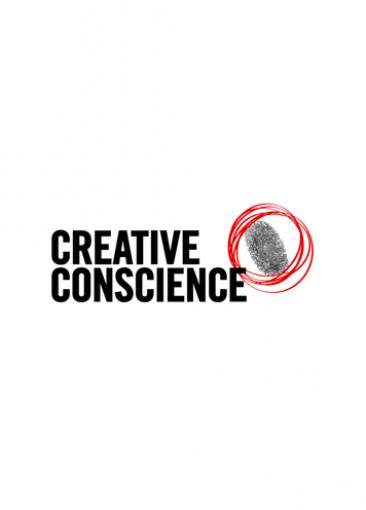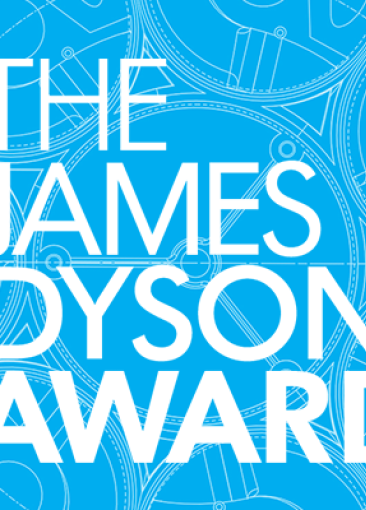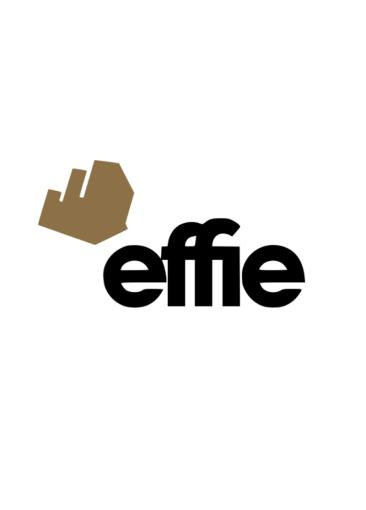The Australian, New Zealand and Asian Creative Arts Therapies Association (ANZACATA) is uniquely positioned, geographically and philosophically, in terms of art therapy practice, training, and the ongoing development of this discipline in the Asia Pacific region. Acknowledgement of, respective for, and an embracing of culture, cultural traditions, and practices that are culturally relevant are some of the fundamentals at the core of this art therapy membership organization.
Interdisciplinarity has allowed design education to expand beyond its traditional practises to integrate methodologies for understanding and addressing complexities, structuring and organising critical perspectives, externalising through visual representations, and reflecting on propositions and intended outcomes. Design establishes itself as a social process when situated within real-world contexts, thereby repositioning collectivity as an inevitable condition of design research and practice.
Motivating students in creative media courses can be a challenge due to the demand for creativity which is hard to be taught. Hence, motivation needs to be re-identified and re-addressed for the creative disciplines. Conventionally, creative media courses adopt the studio-based learning, and with this unique dynamic teaching approach, students are required to have face-to-face tutorial sessions with their tutors on a regular basis, as well as participate in group projects and produce creative artefacts of industry standard quality.
Fashion education has evolved to meet the changing needs of the industry and train creative individuals to become effective storytellers, image-makers, curators and producers. The role of fashion is becoming an increasingly important medium to communicate unique narratives, develop ways of portraying, reimagine museum and retail spaces, and explore innovative ideas, processes and business solutions.
Old is gold: nestled amongst the new skyscrapers mushrooming in our skyline, our familiar and beloved shophouses have now taken on an iconic status, reminding us of our heritage and providing a glimpse of life in pre-independent Singapore. Epigram Books’ latest addition to its colouring books series celebrates these nostalgic terrace houses with 20 illustrated images of Singapore’s favourite shophouses from Ann Siang Hill to Joo Chiat Road. Printed on high quality paper, the pages of this book can be individually removed and framed.
As digital technology has profoundly changed the way people communicate and interact with each other, there is a need to also change the way in which advertising communicates with its audience. Thus, a good advertising campaign should be one that lever ages on digital communication and cocreation to enable active engagement, participation and reaction from the Audience. It is about creating a participatory environment for the target audience to cocreate successful advertising with the Creative in order to increase its effectiveness.
The experimental music scene in Singapore emerged in 1990s and grew out of the underground rock music scene of the 1980s. In this sense, the experimental scene has a shared history with the development of popular music in Singapore that occurred concurrently with Western popular music movements. Over the past 20 years, the scene has gained momentum and developed into a small, yet vibrant community.
The Movement of Things project is an exploration into the qualities and properties of movement. Through a range of exercises these movements are captured and translated by custom-built software and the use of an autonomous, tiny and wireless motion sensor. A series of Motion Sensing Extensions suggest different approaches of how to use a motion sensor within various physical environments to capture movement to better understand the materialization of movement and new forms of interactions through movement.
A theory of Cybernetic-Existentialism is proposed and developed in relation to interactive performances that draw upon or encapsulate primary themes from the distinct but interrelated disciplines of cybernetics and Existentialist philosophy. Ideas from both fields are identified as converging in classic works across the history of interactive performance including by Kaprow, Beuys, Klüver, Abramović, and Galloway and Rabinowitz.
Over the past ten years, the profession of arts therapy has come a long way in South East Asia. As the first and truly only international professional association in the Asia-Pacific region, the Australian and New Zealand Arts Therapy Association (ANZATA) is now firmly positioned as a professional community which contributes effectively towards the development of the arts therapies. In all countries where arts therapy has evolved, there have been significant challenges inherent in establishing and developing a credible professional identity.



